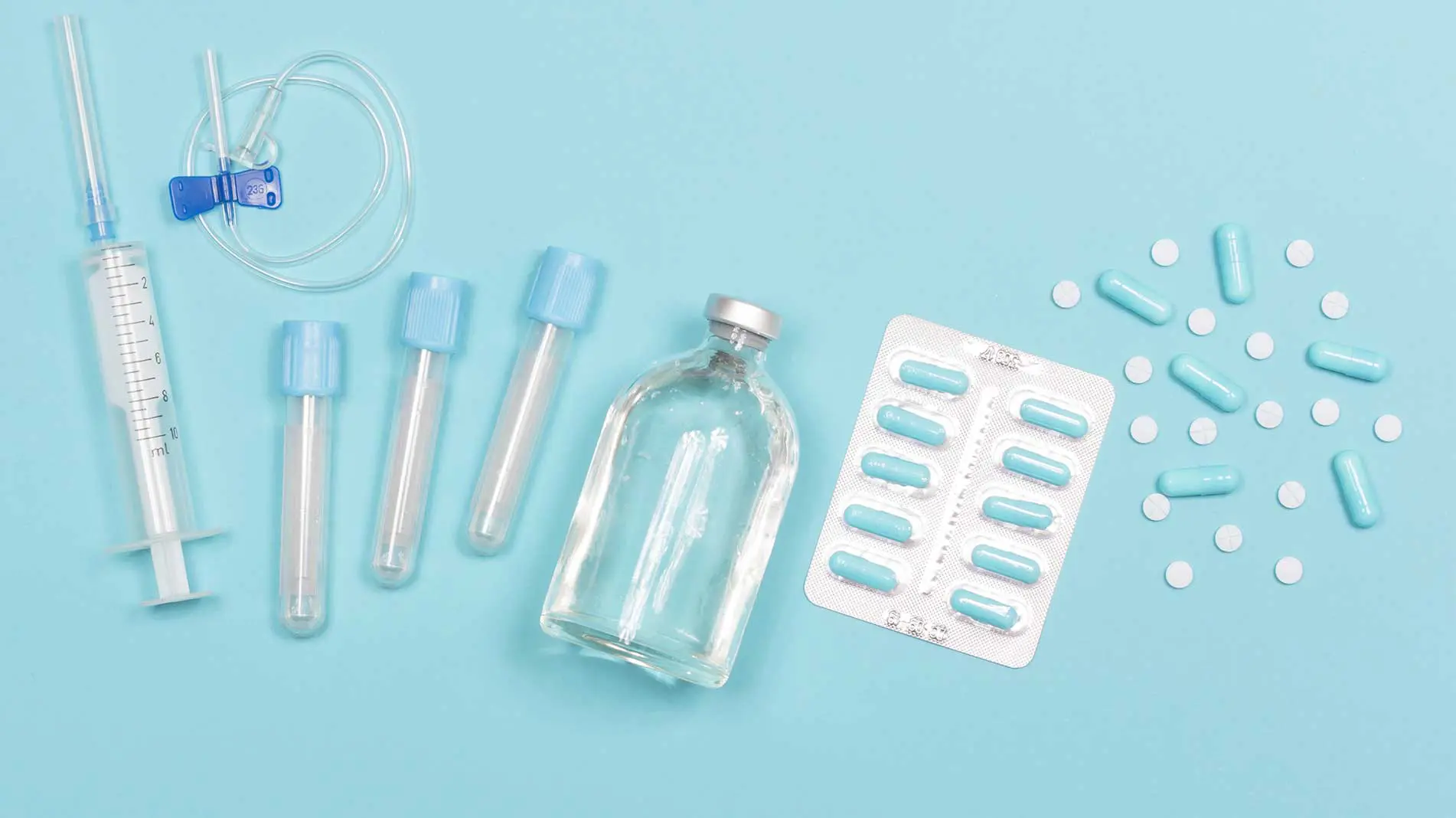
The term opioids is a broad term that classifies a group of drugs that are known to relieve pain and create euphoria.
They were originally produced and used medicinally as a treatment for moderate to severe pain, but are often misused and abused because of their addictive nature.
Most opioids still have medical uses today, and there are currently many different types available depending on what an individual needs.
Illicit (Illegal) Opioids
Illicit or illegal opioids are any opioid which the possession or sale of would result in criminal charges. It is important to note that even prescription opioids are illegal when found in the wrong hands.
Most opioids have legal purposes and can be prescribed medically, though it is illegal for anyone not in possession of a prescription to be using them.
One opioid that is illegal 100% of the time in the U.S. no matter who is using it is heroin.
Illegal opioids possess an added danger any time someone purchases them.
Oftentimes, they may contain dangerous fillers or will be much more potent than legally produced opioids. With street opioids, you never know exactly what you are getting.
Prescription Opioids
Prescription opioids are those which are legally prescribed or administered by a medical doctor. They are generally prescribed for moderate to severe pain — the kind of pain that results from a major injury or surgery.
It is always important to remember that just because a medication has been medically prescribed does not necessarily make it safe.
Prescriptions tend to be limited to short periods of time and only given out when there are no other options.
Examples of prescription opioids include:
Over-The-Counter (OTC) Opioids
Over-the-counter (OTC) opioids are those opioids which are available to the general public without a prescription.
They can be used on more mild or temporary conditions and their availability tends to vary by location. To be available over-the-counter, a medication must contain a very low dose of the active opioid ingredient and contain at least two other medicinal ingredients.
Most commonly, you may see cough syrups that contain a low dose of codeine along with other ingredients.
Even opioids that are sold over-the-counter have a high potential for abuse. Additionally, these drugs are often not available directly from the shelf.
Depending on location, you may need to provide ID or speak with a pharmacist in order to purchase one of these.
Synthetic Opioids
Synthetic opioids are man-made opioids that are produced entirely in a lab.
You can also find semi-synthetic opioids, which are a combination of the natural poppy plant compounds and synthetic compounds.
Most synthetic and semi-synthetic opioids were originally designed to have medicinal painkilling properties.
However, even man-made opioids produce high amounts of the side effect of euphoria, making them some of the most addictive drugs available today.
Examples of synthetic and semi-synthetic opioids include:
Natural Opioids
Natural opioids also referred to as opiates, are any type of opioid that occurs naturally from compounds found in the poppy plant. They can be made into various forms but are generally considered “pure”.
The opium poppy plant that is required to harvest natural opioids is native to western Asia and the eastern Mediterranean. Different parts of the plant are then harvested to create the different natural opioids.
Examples of natural opioids include:
- morphine
- codeine
- opium
Endogenous Opioids
Endogenous opioids are opioids which occur naturally inside of the human body.
These opioids and their receptors are mostly found in the brain systems that involve pain regulation, emotion, stress responses, motivation, and drug addiction.
The most familiar type of endogenous opioid is endorphins. These are chemicals which are produced in the body to combat pain and stress similar to the way opioids do.
They are also released during other pleasurable activities such as eating, sex, and exercise.
Benefits of endogenous opioids include:
- alleviate depression
- reduce stress and anxiety
- boost your self-esteem
- maintain a healthy weight
- reduce pain during childbirth
Short-Acting Opioid Prescriptions
Short-acting opioids are those which are generally prescribed for people whose pain tends to come and go and are meant to be taken as needed.
They typically start working very quickly but their pain-relief effects only last a few hours.
Research has shown that most patients being treated with opioid therapy tend to prefer the short-acting opioids.
Unfortunately, it is very easy to build up a tolerance to these and soon require larger and more frequent doses to get the desired effects.
Examples of short-acting opioids include:
- morphine
- hydromorphone (Dilaudid)
- oxycodone (Percocet)
- hydrocodone (Vicodin)
- codeine
Long-Acting Opioid Prescriptions
Long-acting opioids are those which are generally prescribed for around-the-clock treatment instead of for as-needed. They typically take longer to start working but their pain-relief effects last much longer.
Someone with chronic pain, or pain that has lasted for longer than three months, will most likely be prescribed a long-acting opioid, though they may prefer a short-acting one.
Opioid therapy is currently considered the standard treatment for chronic pain associated with cancer.
Examples of long-acting opioids include:
- OxyContin
- methadone
- fentanyl-transdermal patch
Finding Treatment For An Opioid Addiction
Opioid addictions can be some of the most difficult substance use disorders to overcome, but recovery is possible. If you or a loved one is currently struggling, please do not hesitate to give our helpline a call.
We work with individuals to create specialized treatment plans that are specific to their needs. Give us a call and you can get started today.
Addiction Resource aims to provide only the most current, accurate information in regards to addiction and addiction treatment, which means we only reference the most credible sources available.
These include peer-reviewed journals, government entities and academic institutions, and leaders in addiction healthcare and advocacy. Learn more about how we safeguard our content by viewing our editorial policy.
- Centers for Disease Control and Prevention — Opioid Data Analysis and Resources
https://www.cdc.gov/drugoverdose/data/analysis.html - National Library of Medicine — What is the case for prescribing long-acting opioids over short-acting opioids for patients with chronic pain? A critical review
https://pubmed.ncbi.nlm.nih.gov/19874536/ - U.S. National Library Of Medicine — Opioids and the Treatment of Chronic Pain: Controversies, Current Status, and Future Directions
https://www.ncbi.nlm.nih.gov/pmc/articles/PMC2711509/ - U.S. National Library Of Medicine — Pharmacological Aspects of Over-the-Counter Opioid Drugs Misuse
https://www.ncbi.nlm.nih.gov/pmc/articles/PMC7504308/ - United States Drug Enforcement Administration — Narcotics (Opioids)
https://www.dea.gov/taxonomy/term/331


